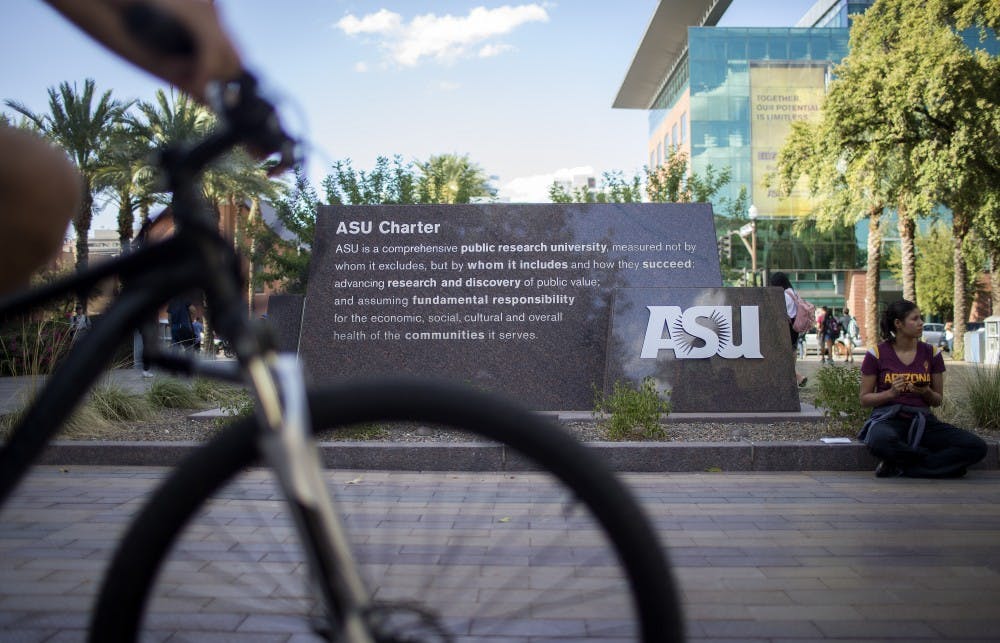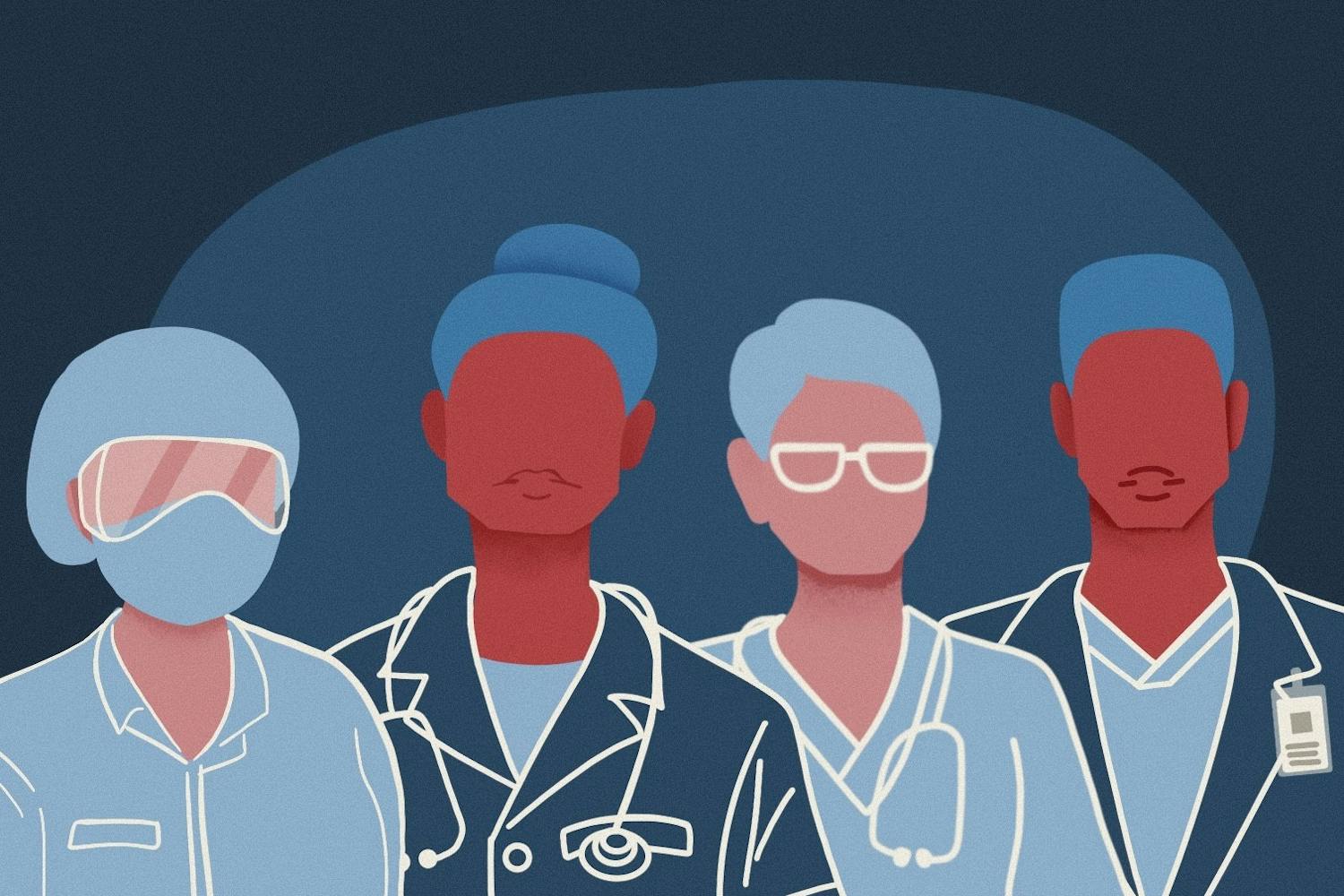According to a report released in early February 2019 by the Arizona Board of Regents, the state's three public universities contributed $11.1 billion to Arizona's economy in the 2017 fiscal year.
The report, which uses data supplied by the board, said that public university students spent approximately $2 billion on housing, utilities, groceries and other items during the last fiscal year and are employed in almost 20,000 jobs.
ASU is the fifth largest employer in Arizona at almost 17,000 jobs, and UA is the sixth largest at about 15,000.
The report was commissioned by the board and prepared by Elliot D. Pollack & Company and The Maguire Company, two local economic consulting firms.
John Arnold, the executive director of ABOR, said the board requested the report because it wanted to show residents just how much the universities impact the state alongside the “larger economic impact through the education process and by educating students.”
“We talk at the state about economic development in the state and how to protect certain industries and steps we need to take in policy making to allow industry inside the state,” Arnold said. “Understanding all that, the regents were interested in where do the universities as an economic engine fit within the industries of Arizona.”
However, the bigger question, Arnold said, is whether universities should be treated as businesses.
“(The universities) are some ways businesses that are creating jobs, that are creating wealth and bring wealth into the state,” Arnold said.
ASU has also commissioned its own studies in the past where it evaluates its own economic impact.
Some factors like jobs held by students, faculty income and money spent on on-campus living obviously fall under the universities’ contribution to the economy. But there are also less obvious contributors, such as the vehicle registration tax on cars owned by students and faculty and the property taxes paid by faculty for their private homes.
Jill Welch, the vice president, chief operating officer, and economist of Elliot D. Pollack & Company and co-author of the report, said that these more specific factors were accounted for due to the model the company follows to evaluate any phenomenon.
“Whether it’s a university we’re doing the impact of, or the Super Bowl, for example, or even just a company moving to town, we’re figuring out what the economic impact is, and then from that, looking at the fiscal meaning,” Welch said.
Those factors are also included because “if those jobs went away, those people wouldn’t live in town or they’d have to move out of state to find other employment,” Welch said.
In part of the analysis of the economic impact of the universities, student workers were excluded from the total even though their contribution was also listed.
Alan Maguire, the president and principal economist of The Maguire Company and co-author of the report, said that on-campus student workers were excluded due to their temporary status.
“We’re trying to differentiate things that are part of the ongoing operations and things that are sort of temporary in nature,” Maguire said. “Faculty are permanent, and the staff that works at the university — whether they are administrators or famous people — they are part of the departmental structure. Students are a little different.”
Welch also said part of the reason they were excluded was because they “didn’t want to double count.”
“They’re already being included in the student impact and their spending there, so you don’t want to say that they are creating an impact at the worker level,” Welch said.
Maguire said that keeping track of how much of a person's money spent stays in the Arizona community, or any community, is a complex matter. For example, the money spent on produce imported from another country may not feed back into Arizona's economy.
"We call it leaking — that spending goes out of the Arizona economy immediately,” Maguire said.
On the other hand, the revenue from produce grown locally would contribute to the state's economy.
“That’s an example where the money stays in the local economy longer," Maguire said.
An important part to note about the report is that the methodology used is conservative, meaning that the results likely understate the impact rather than overstating it.
“A lot of university impact (reports) take into consideration their alumni and their increased earning power, but on top of that, some even talked about retirees of the university system,” Welch said. “There’s a bunch of ways that other reports will look at additional impacts, but we did not consider that.”
Reach the reporter at mzhao49@asu.edu and follow @michelle_zhao23 on Twitter.
Like The State Press on Facebook and follow @statepress on Twitter.




